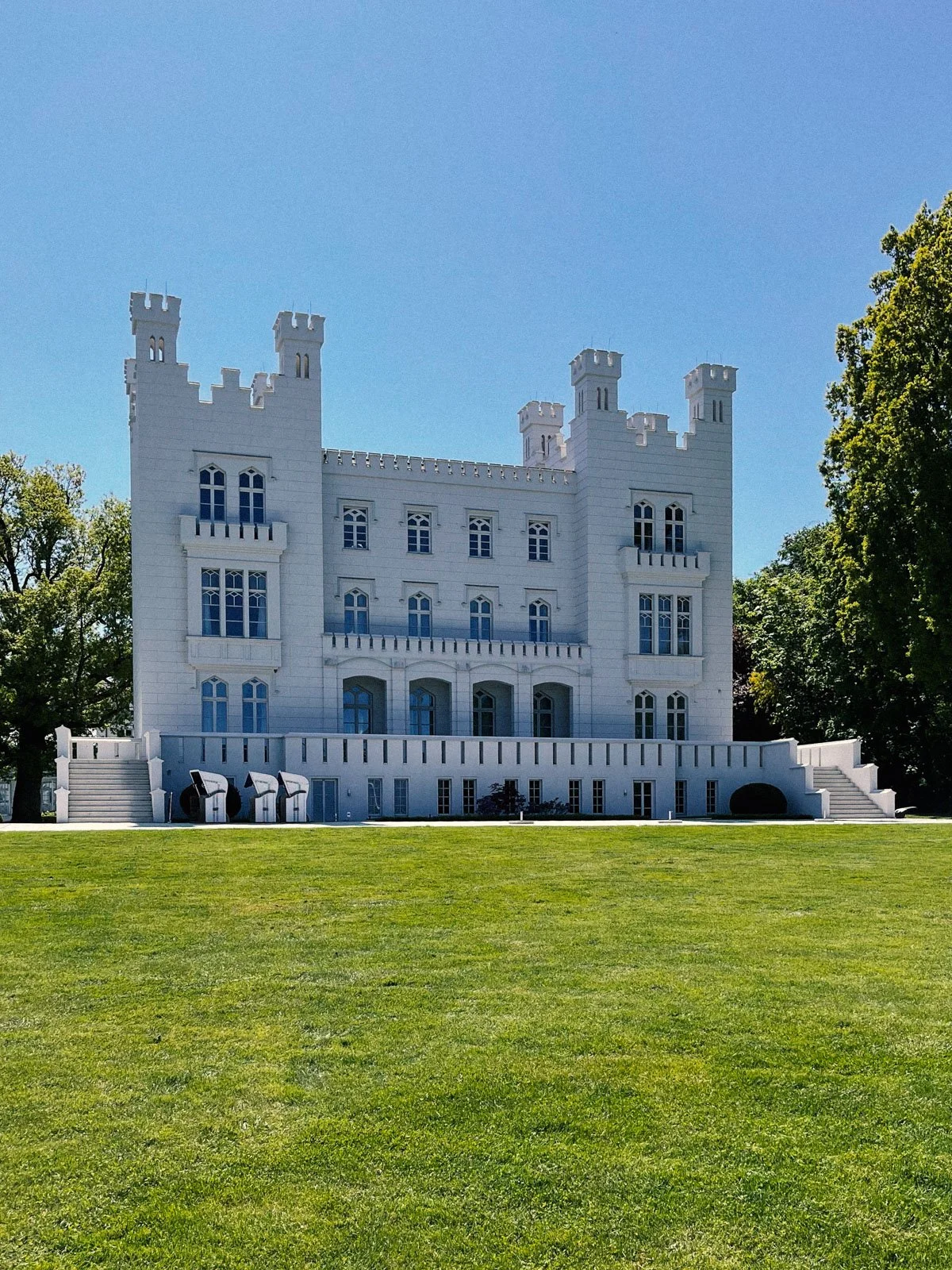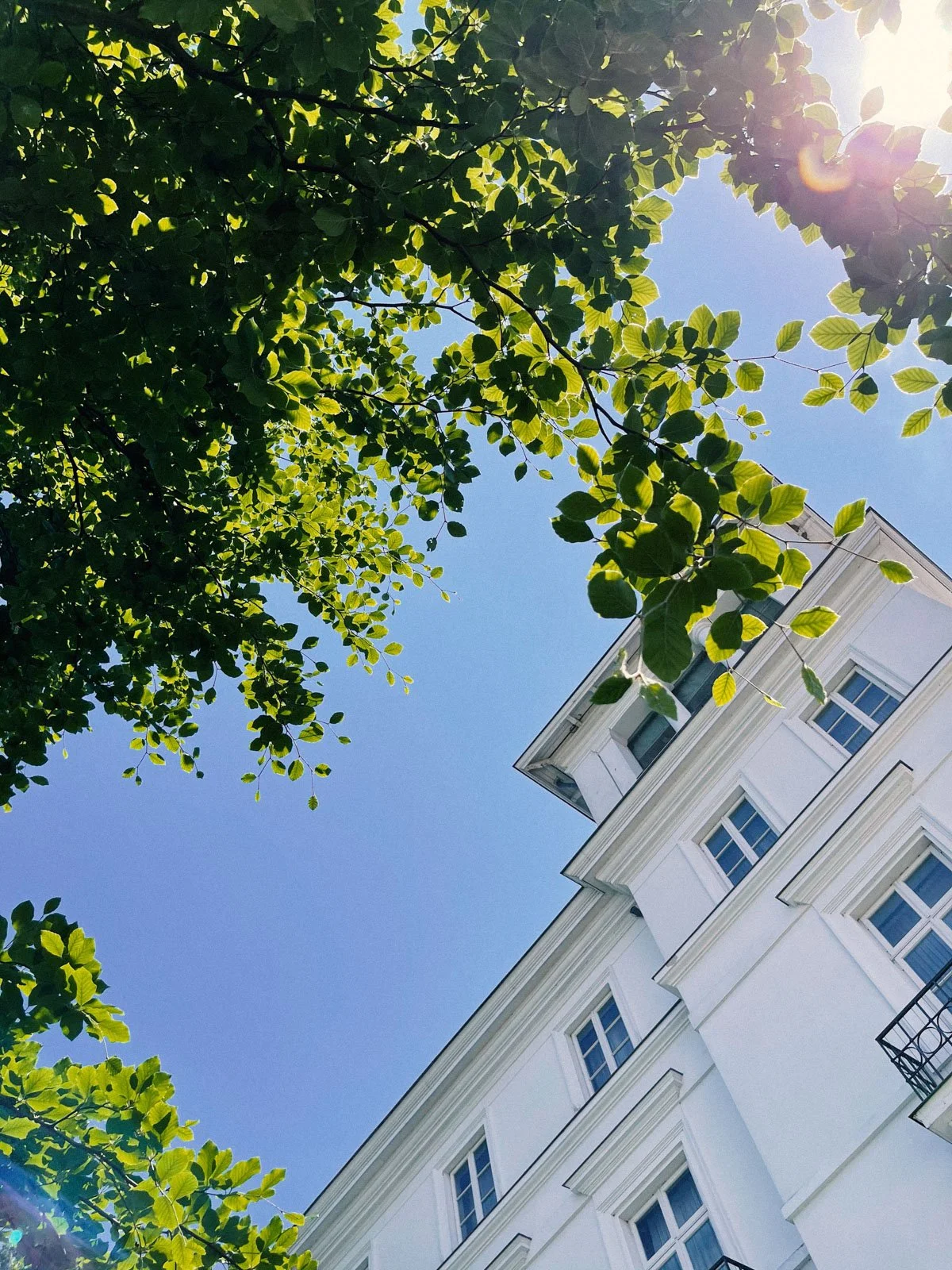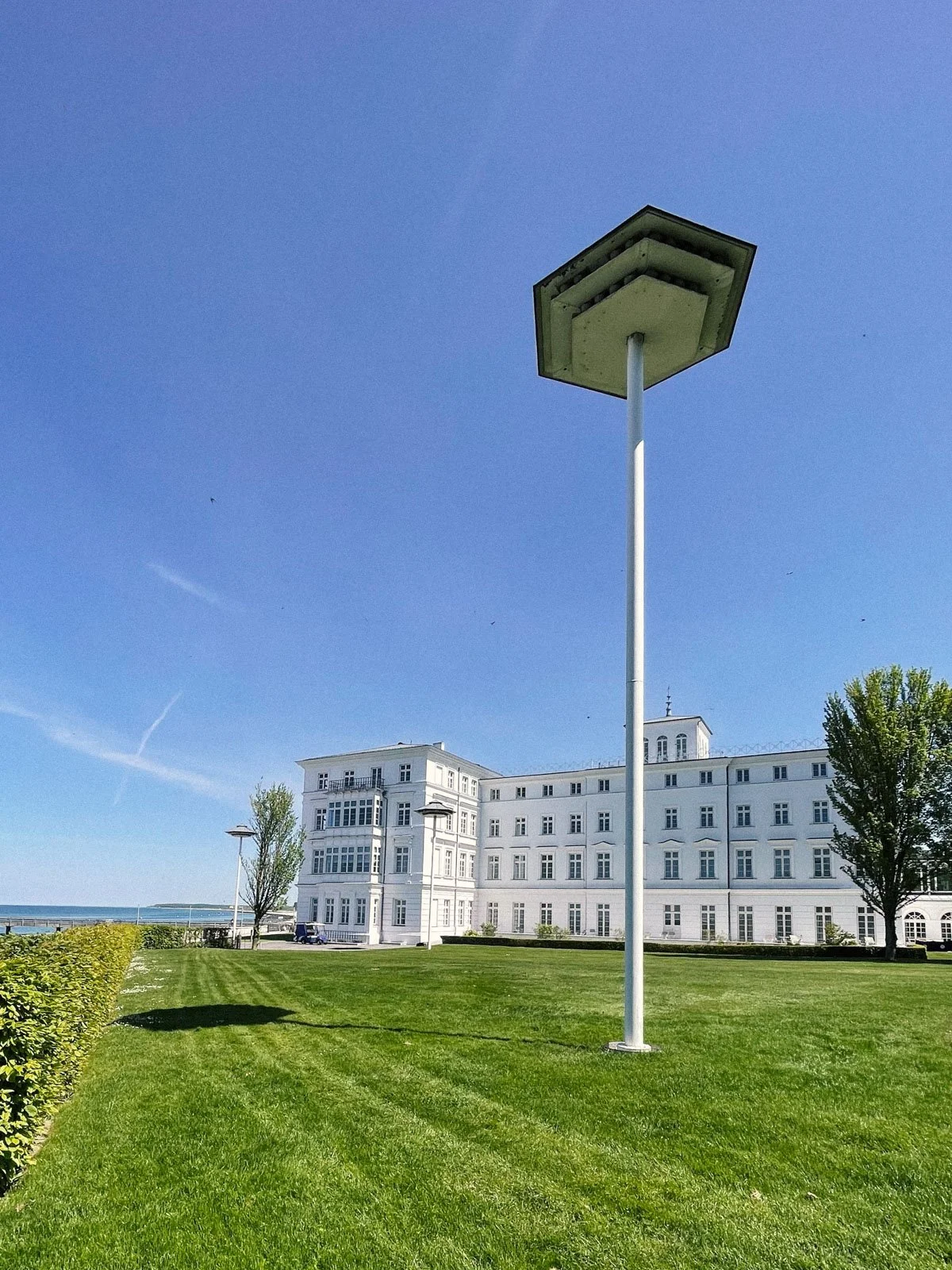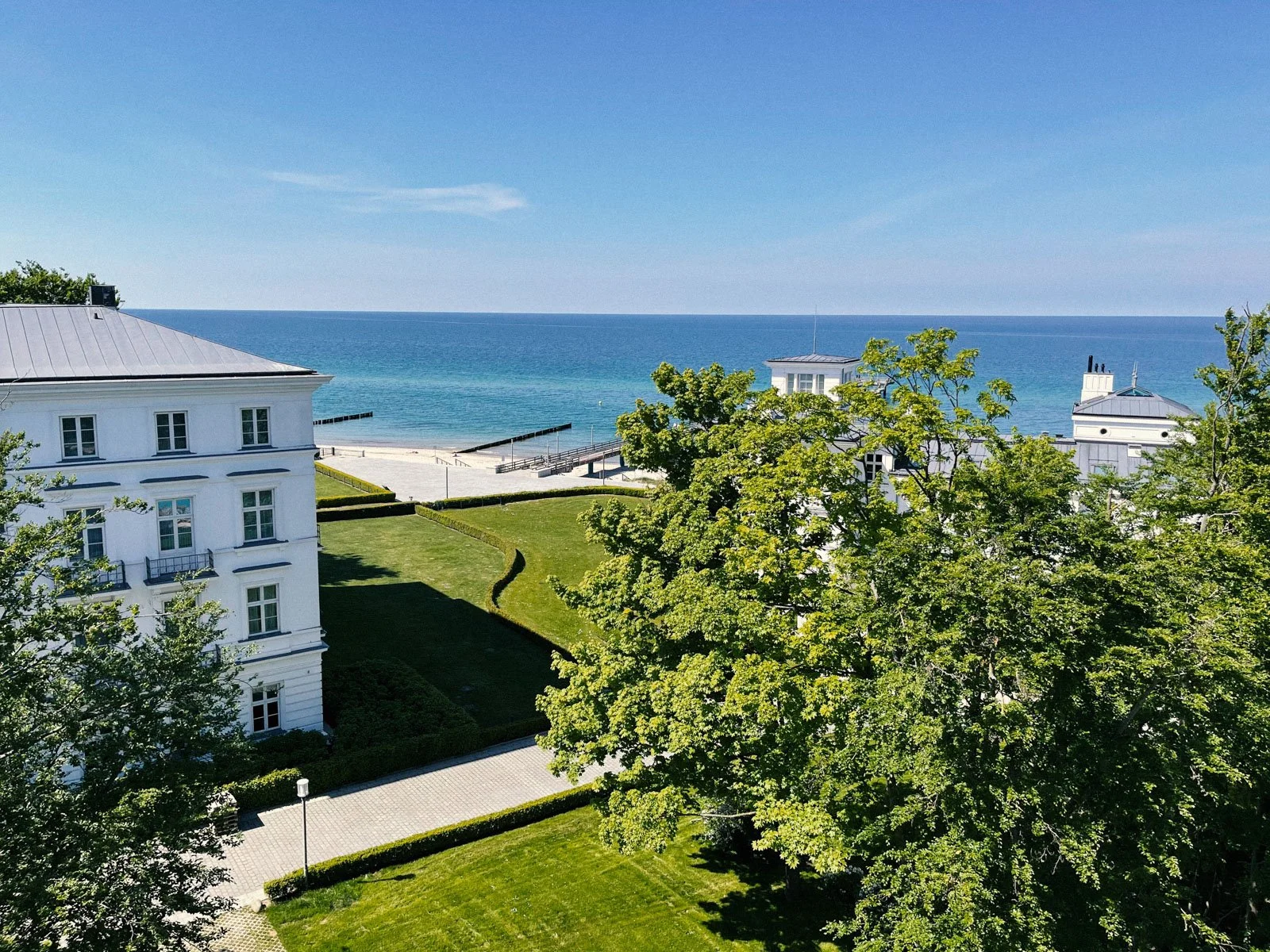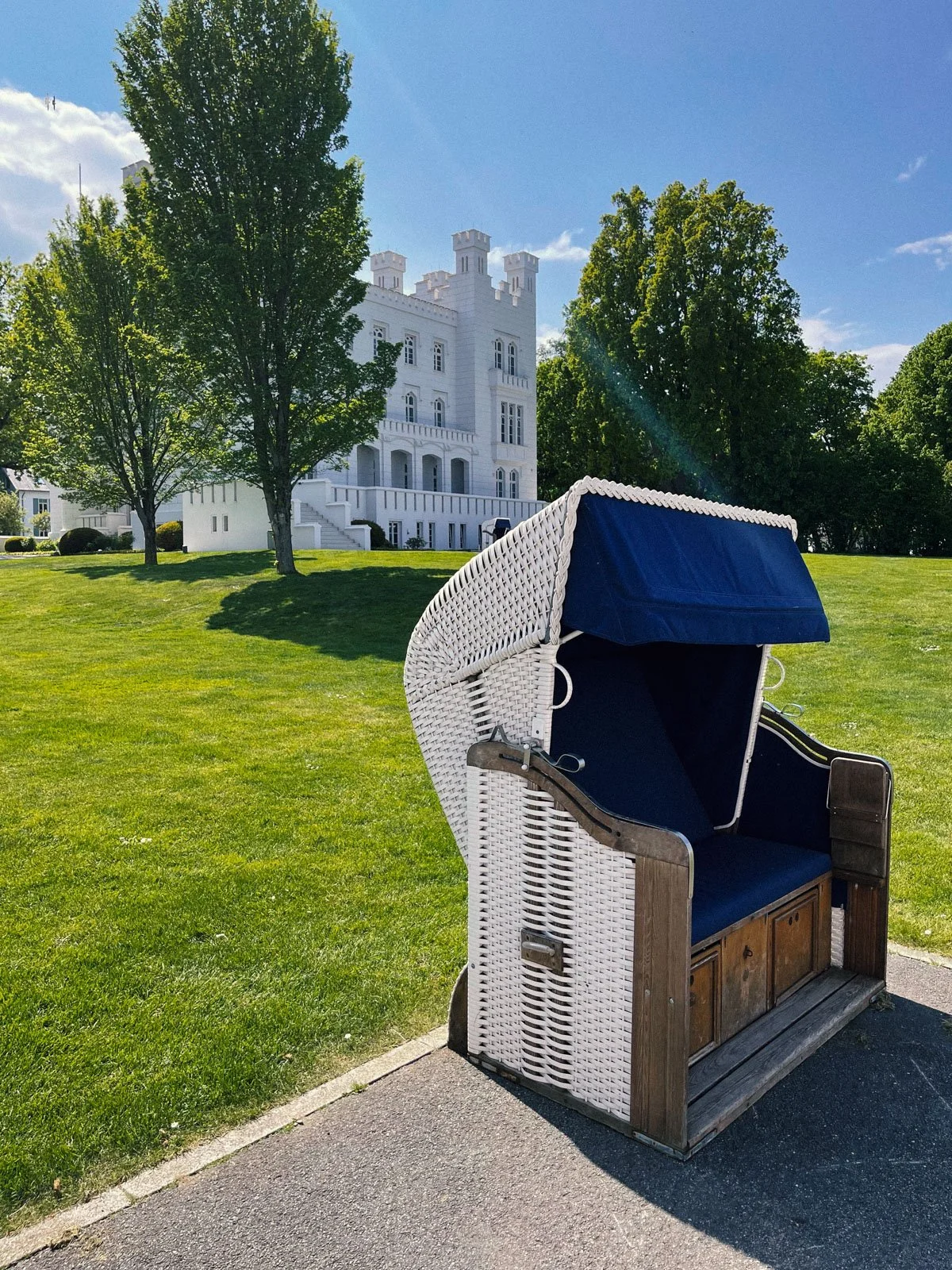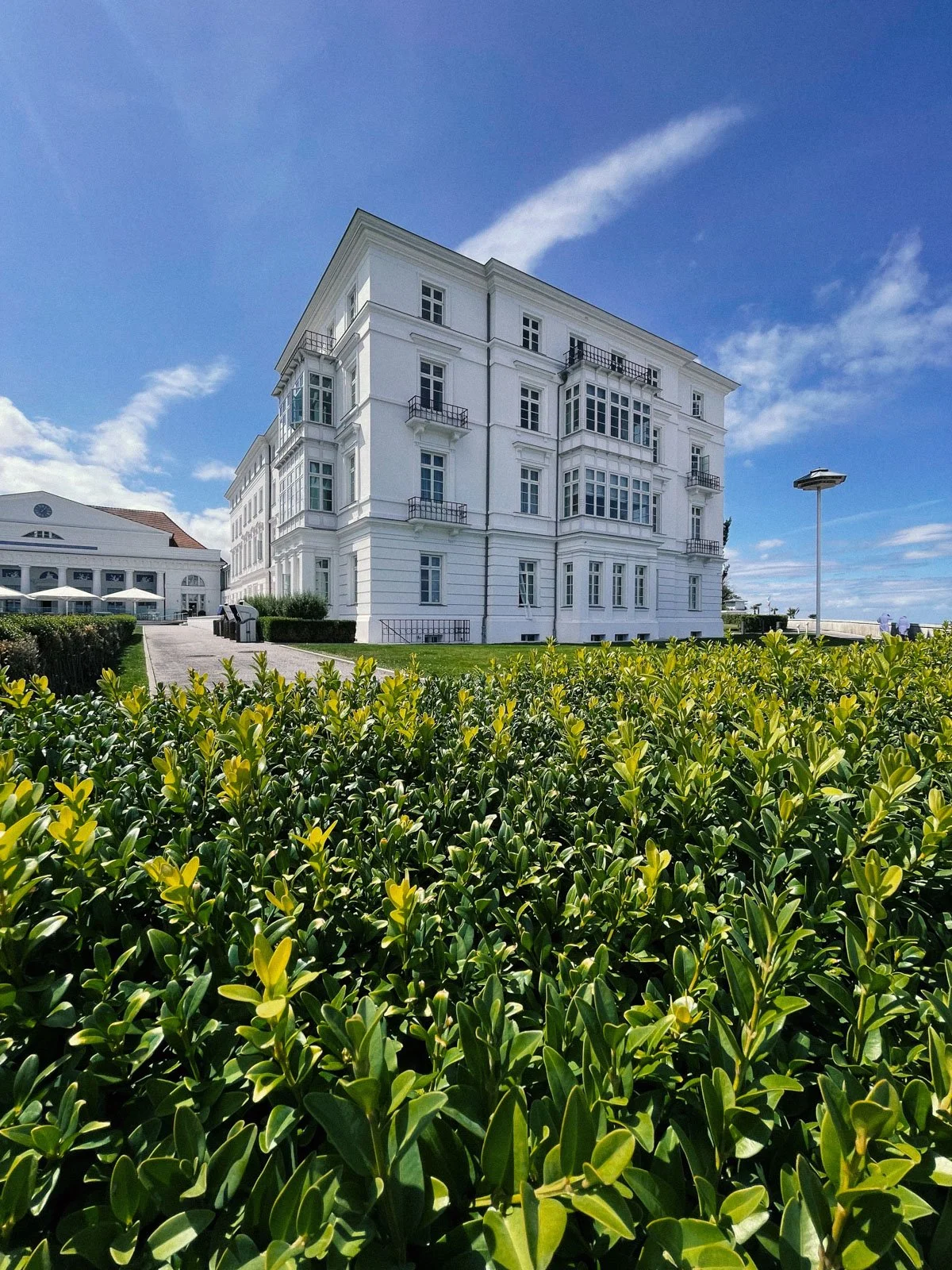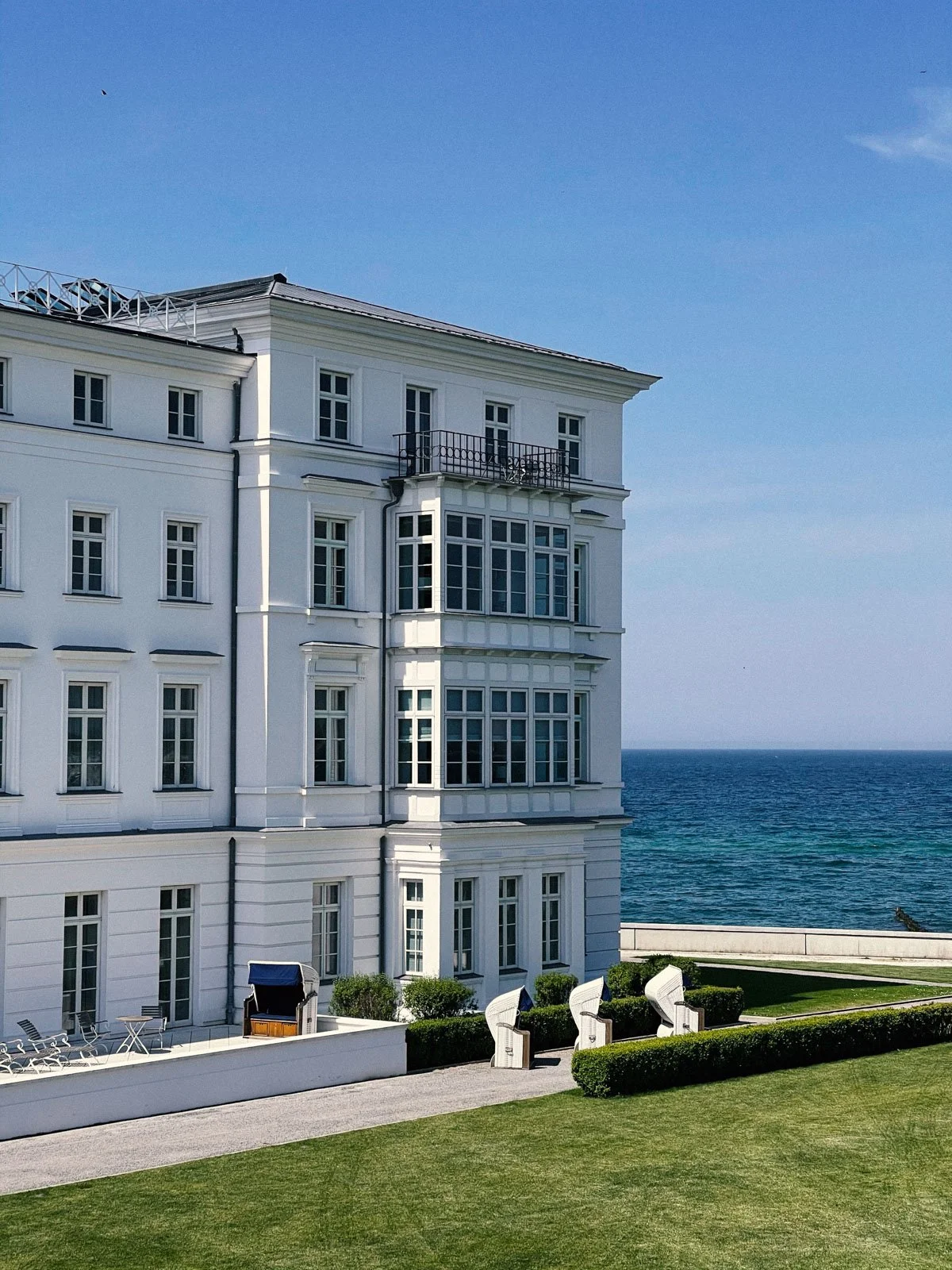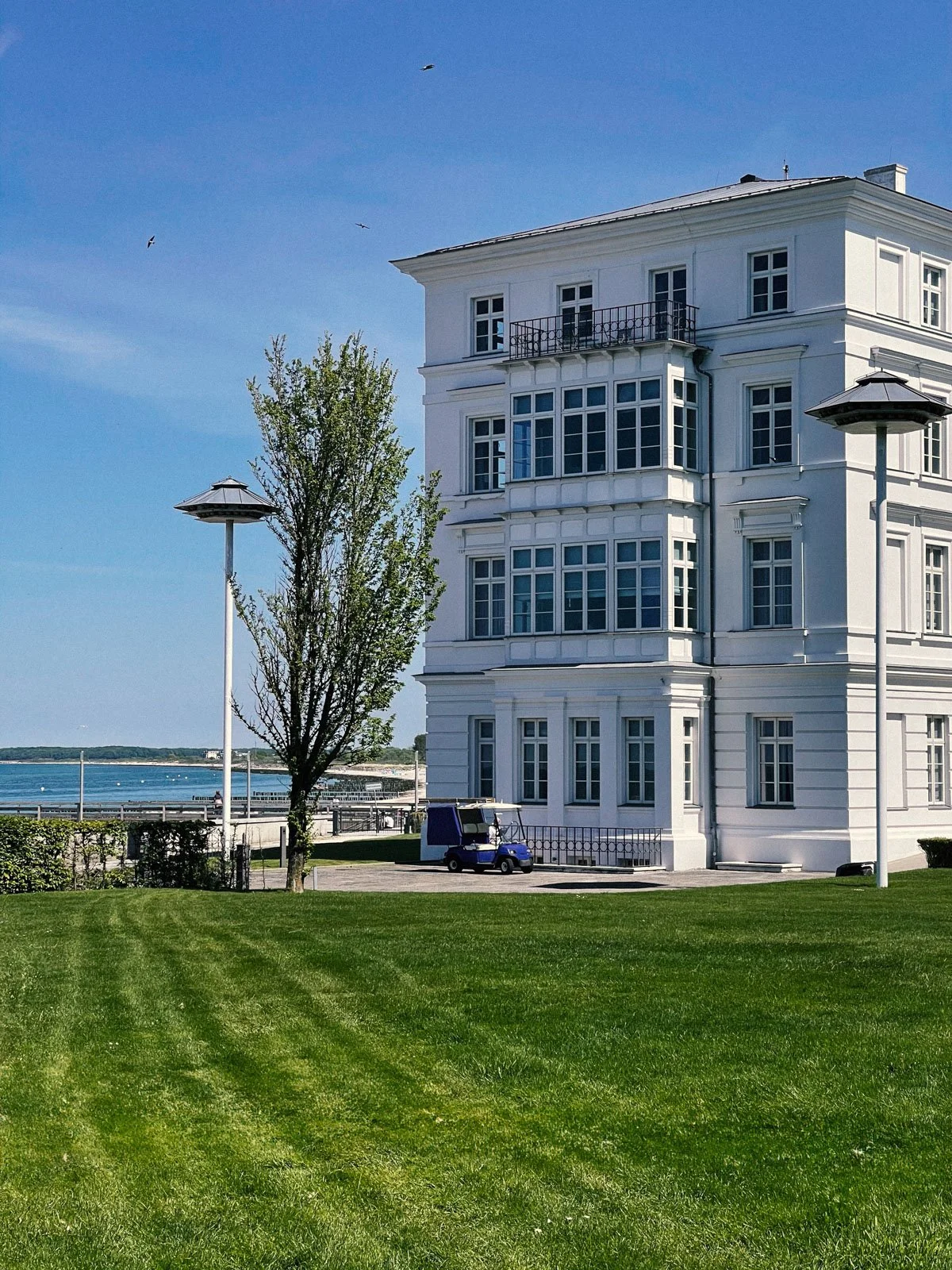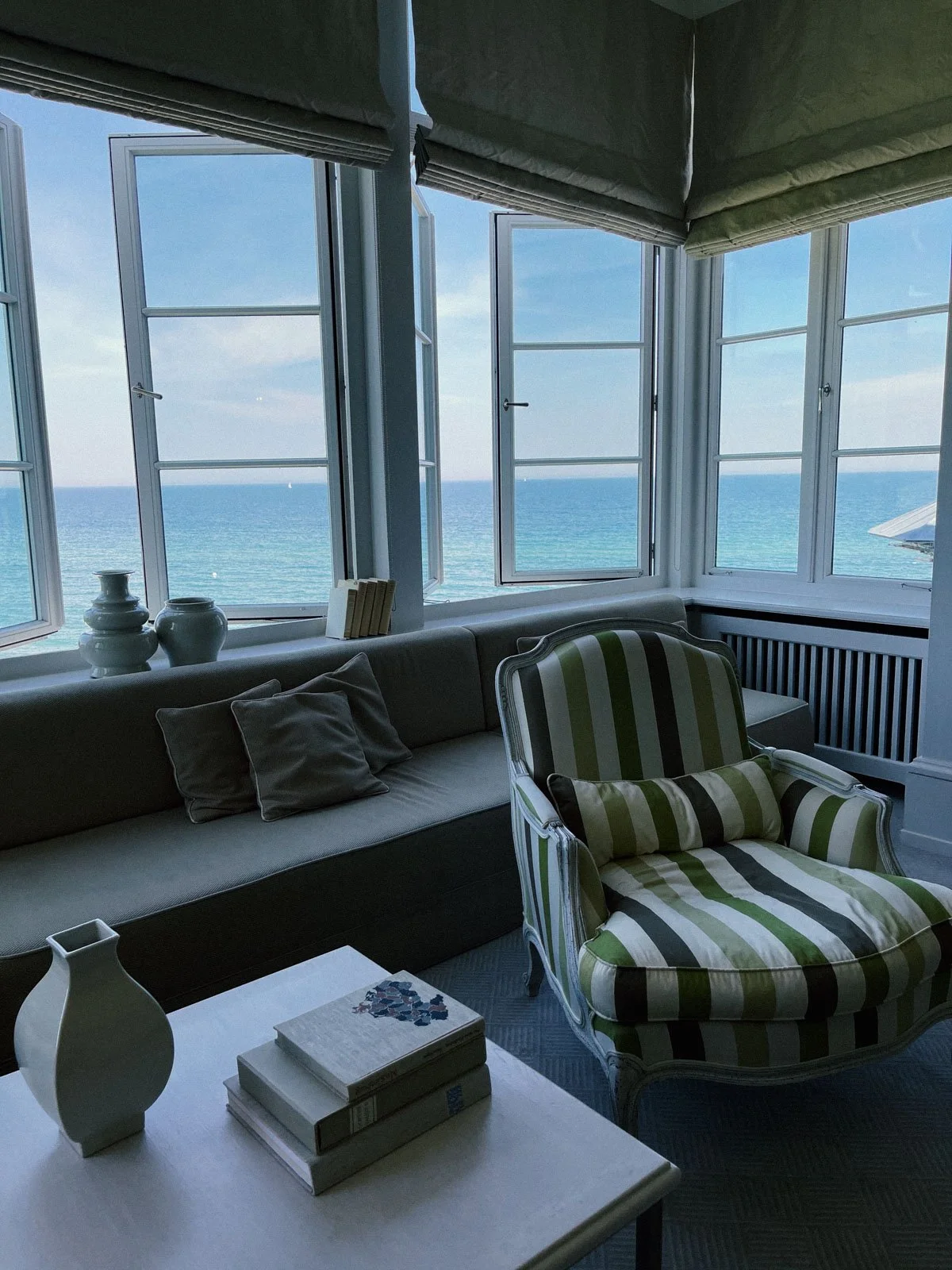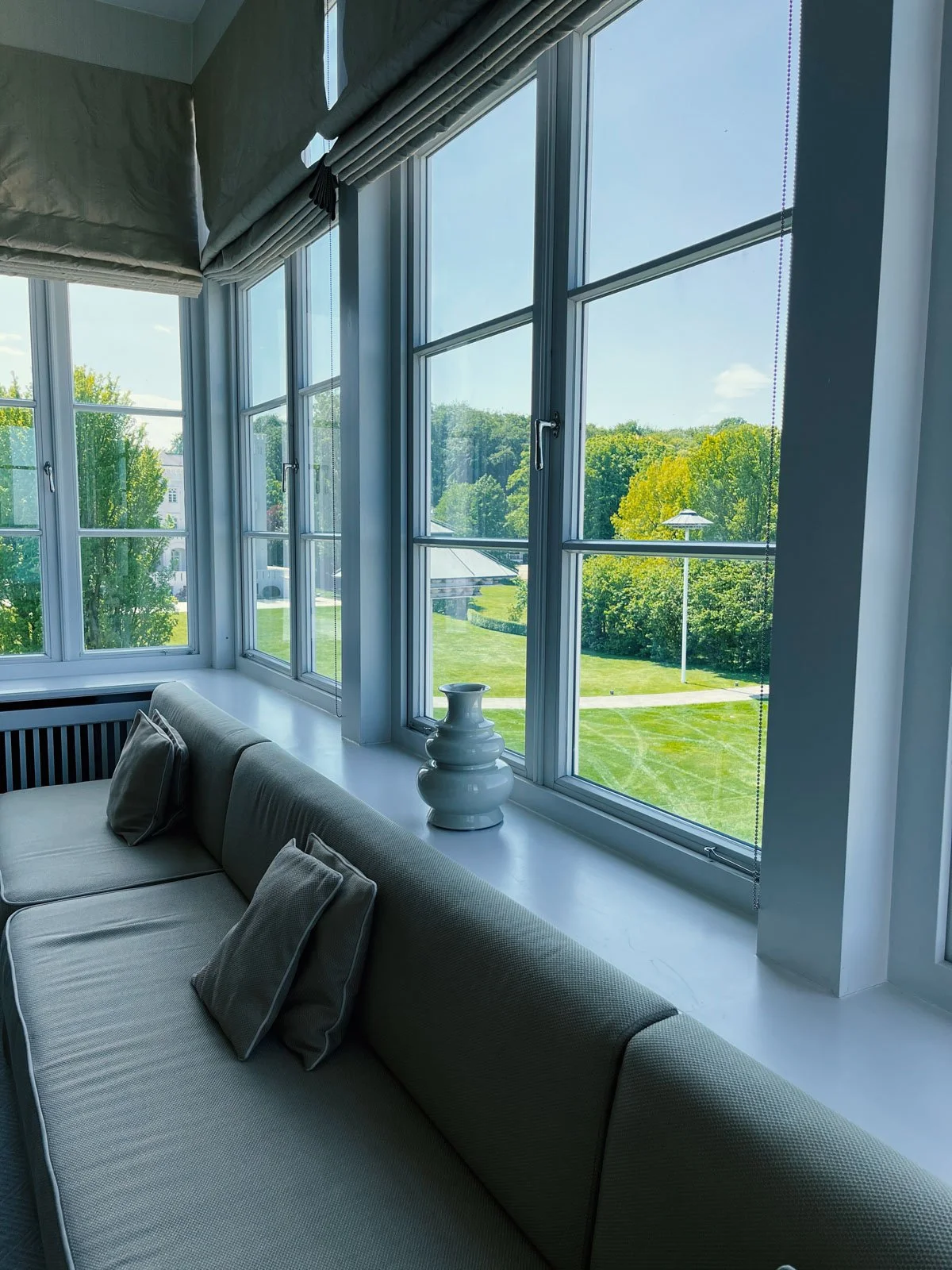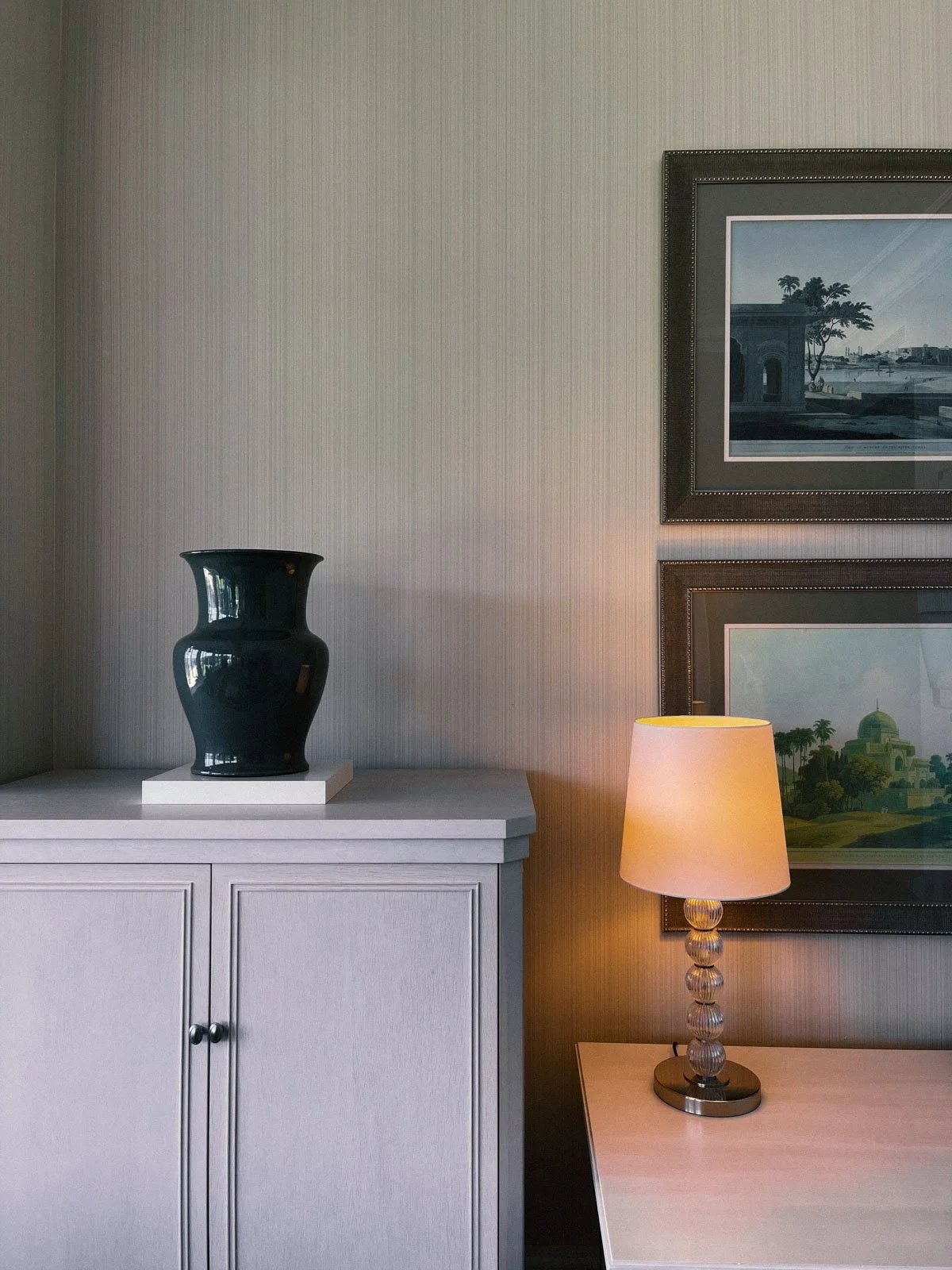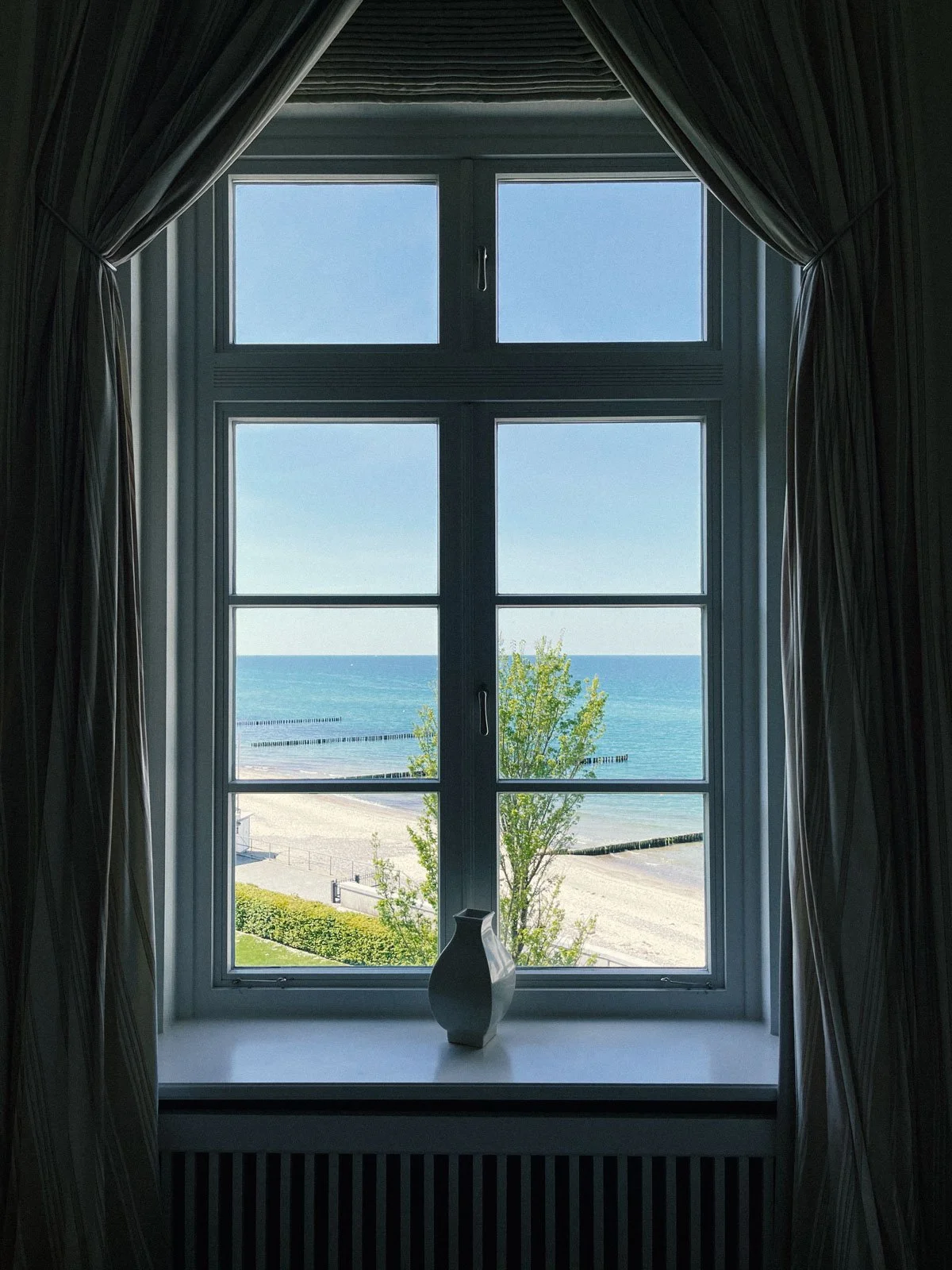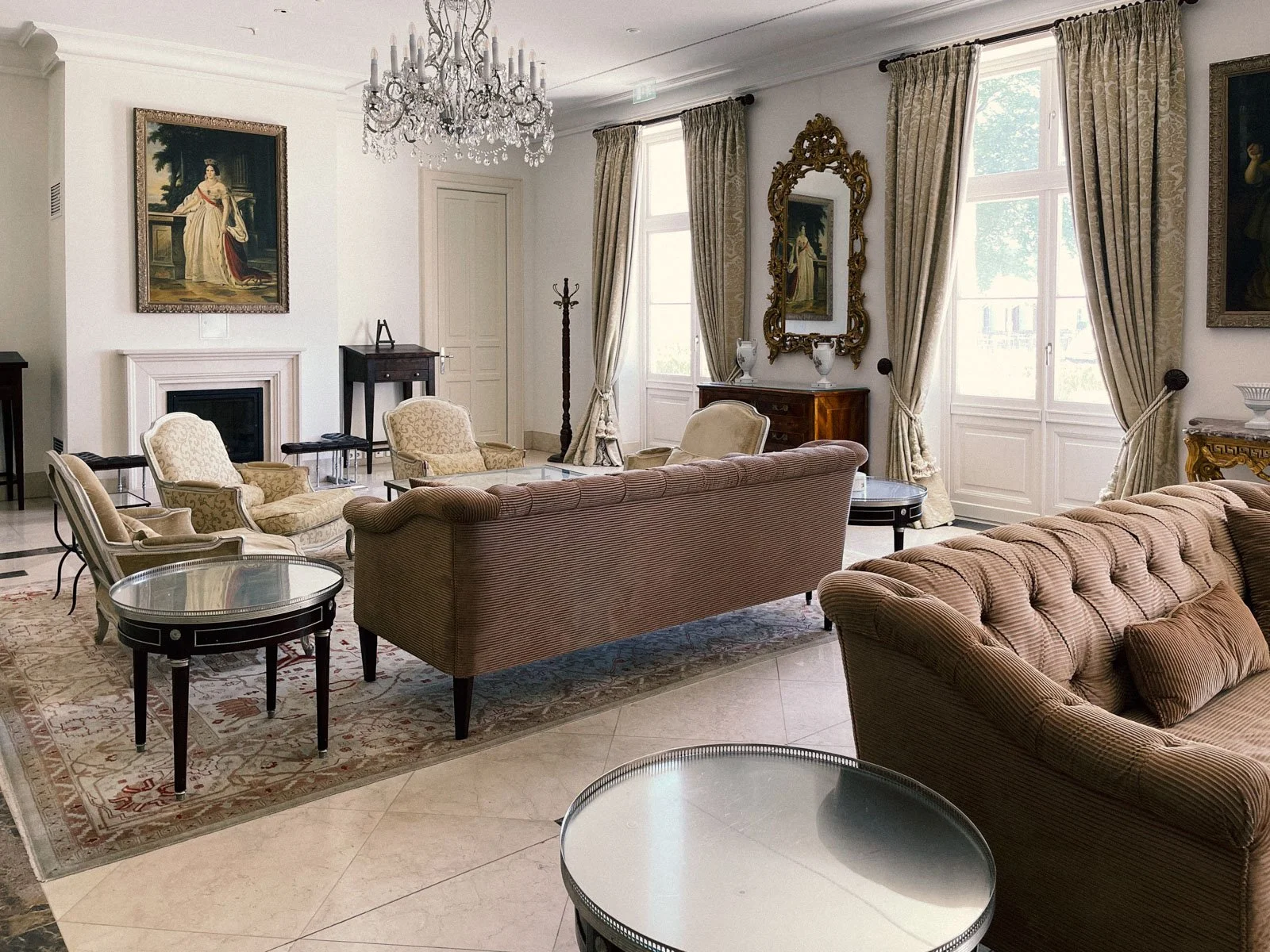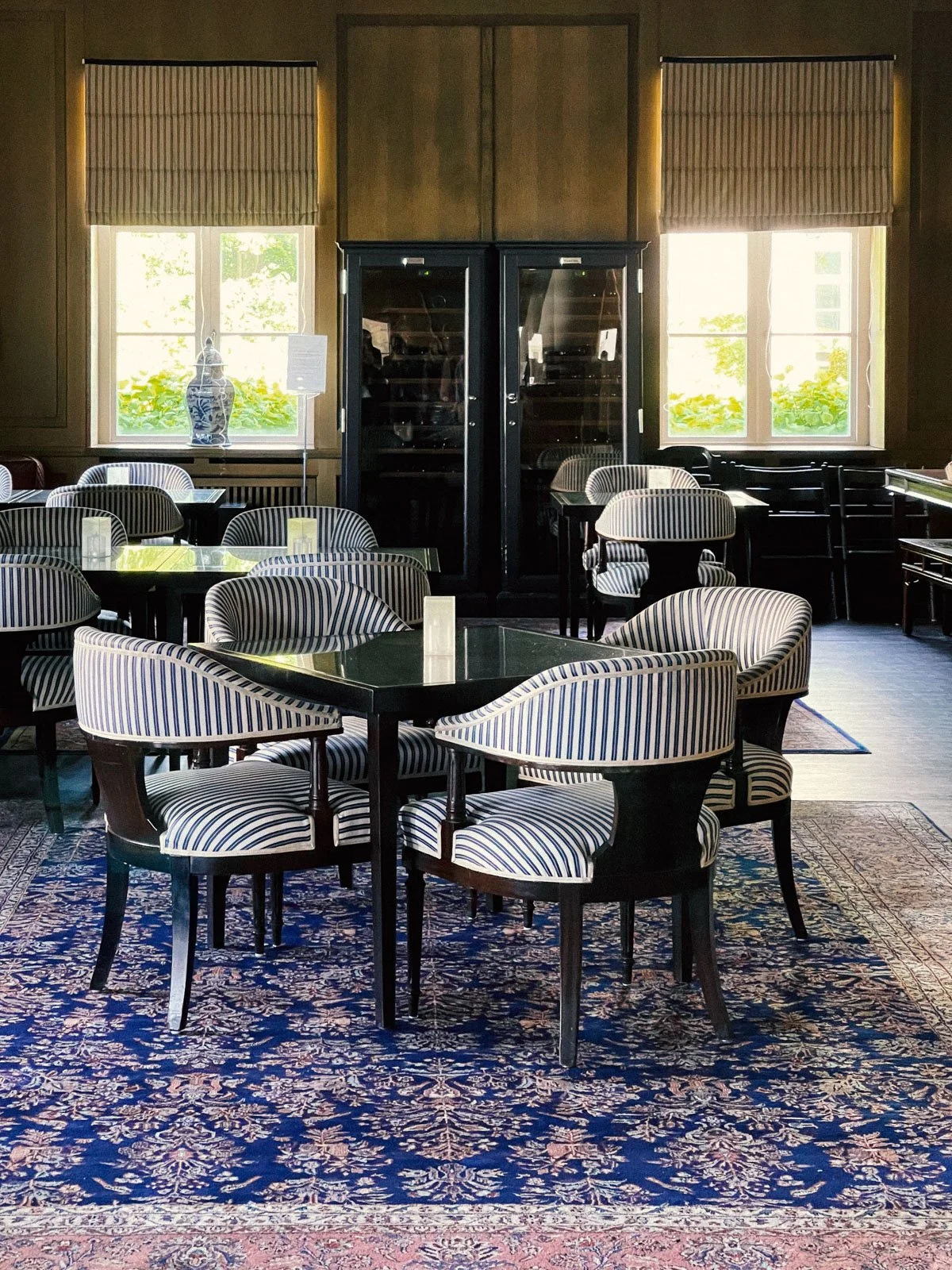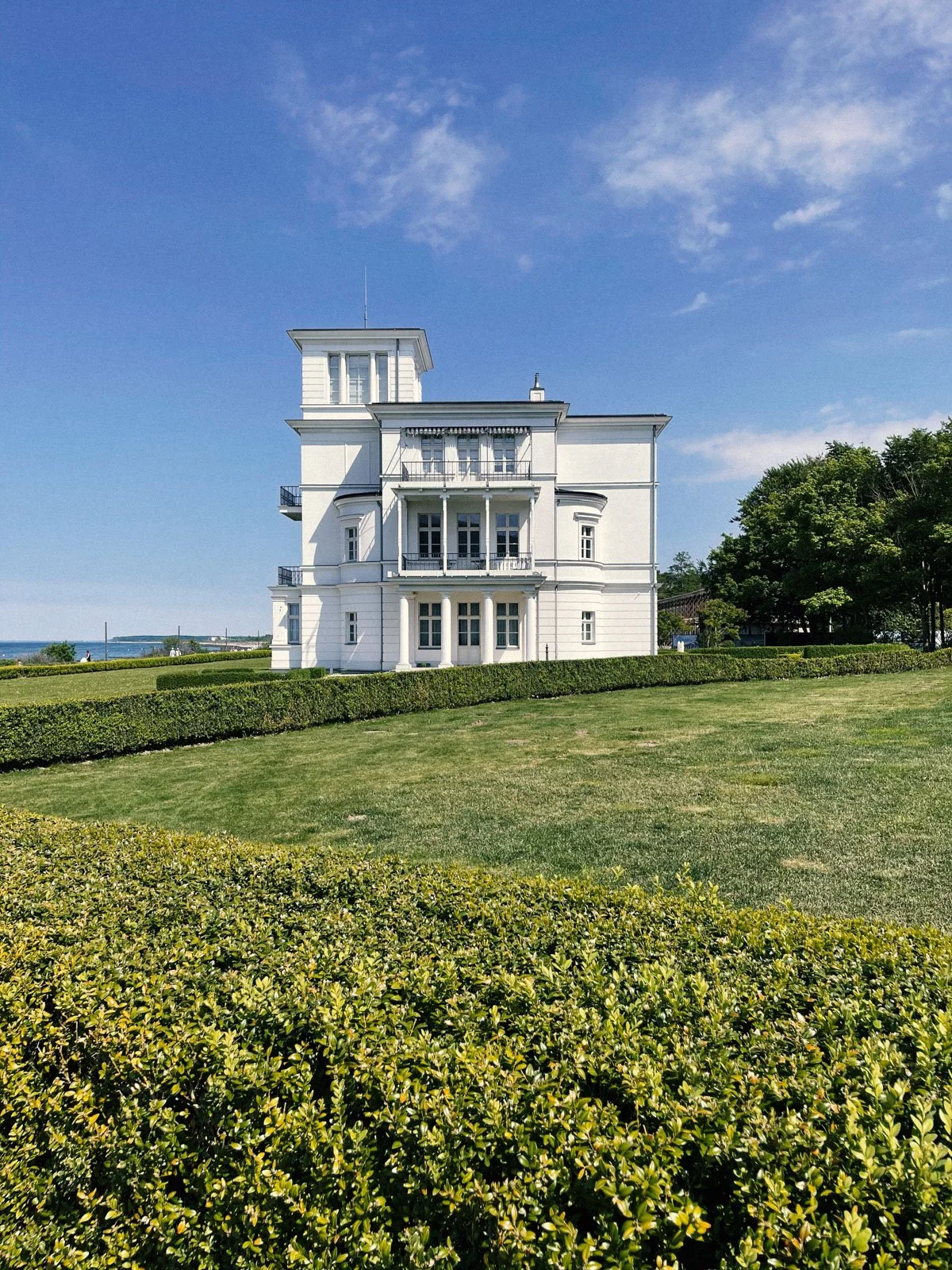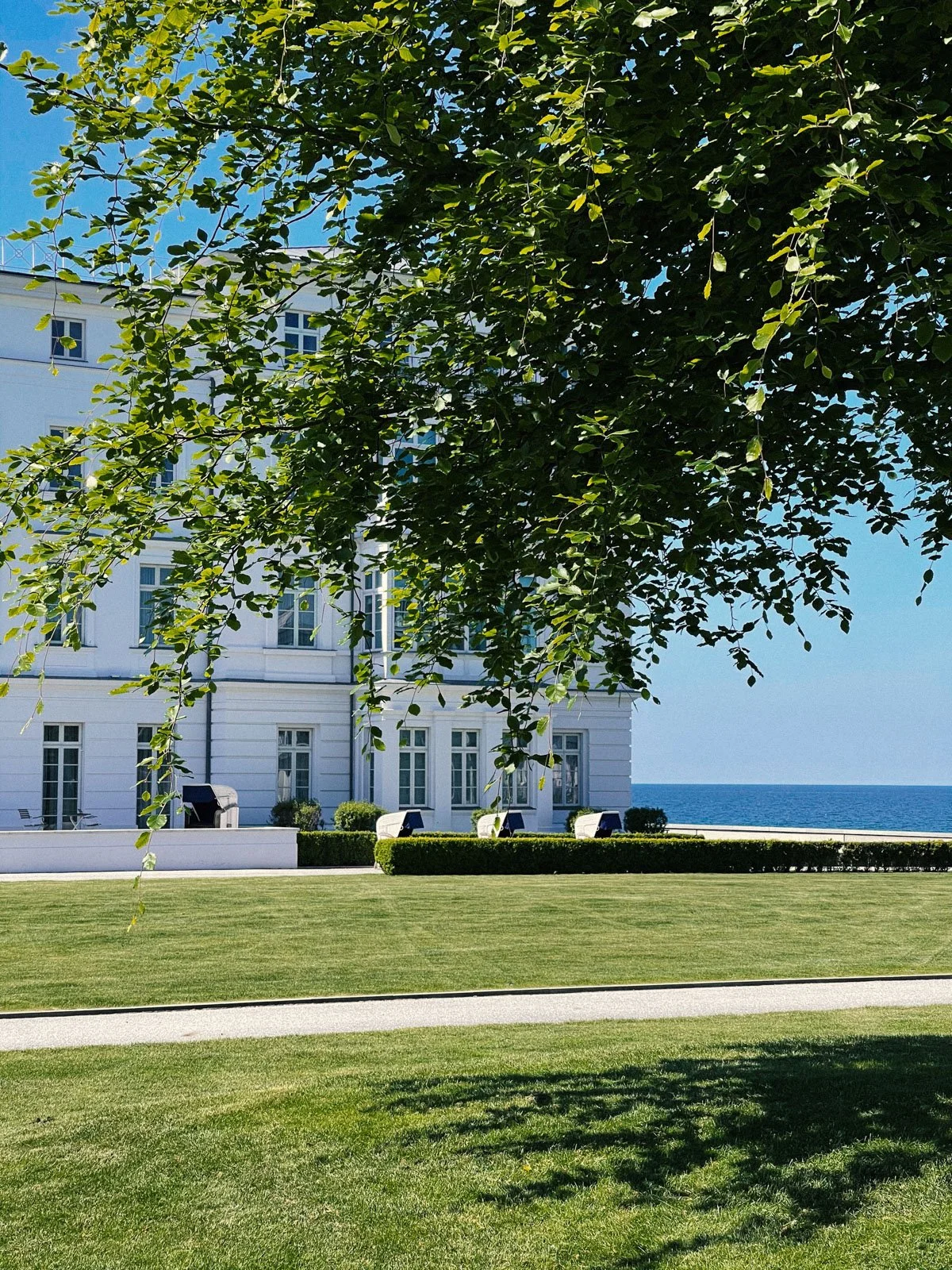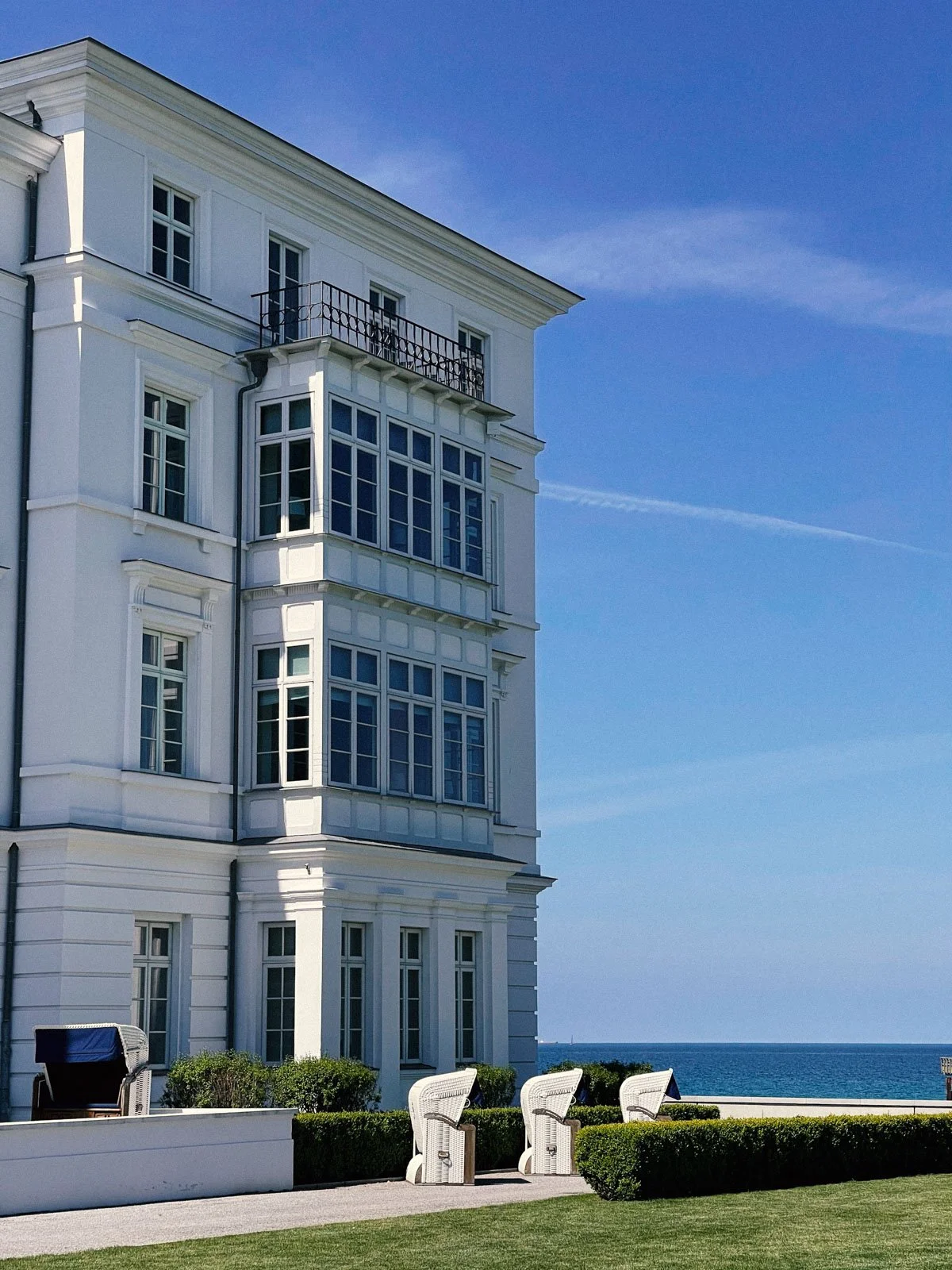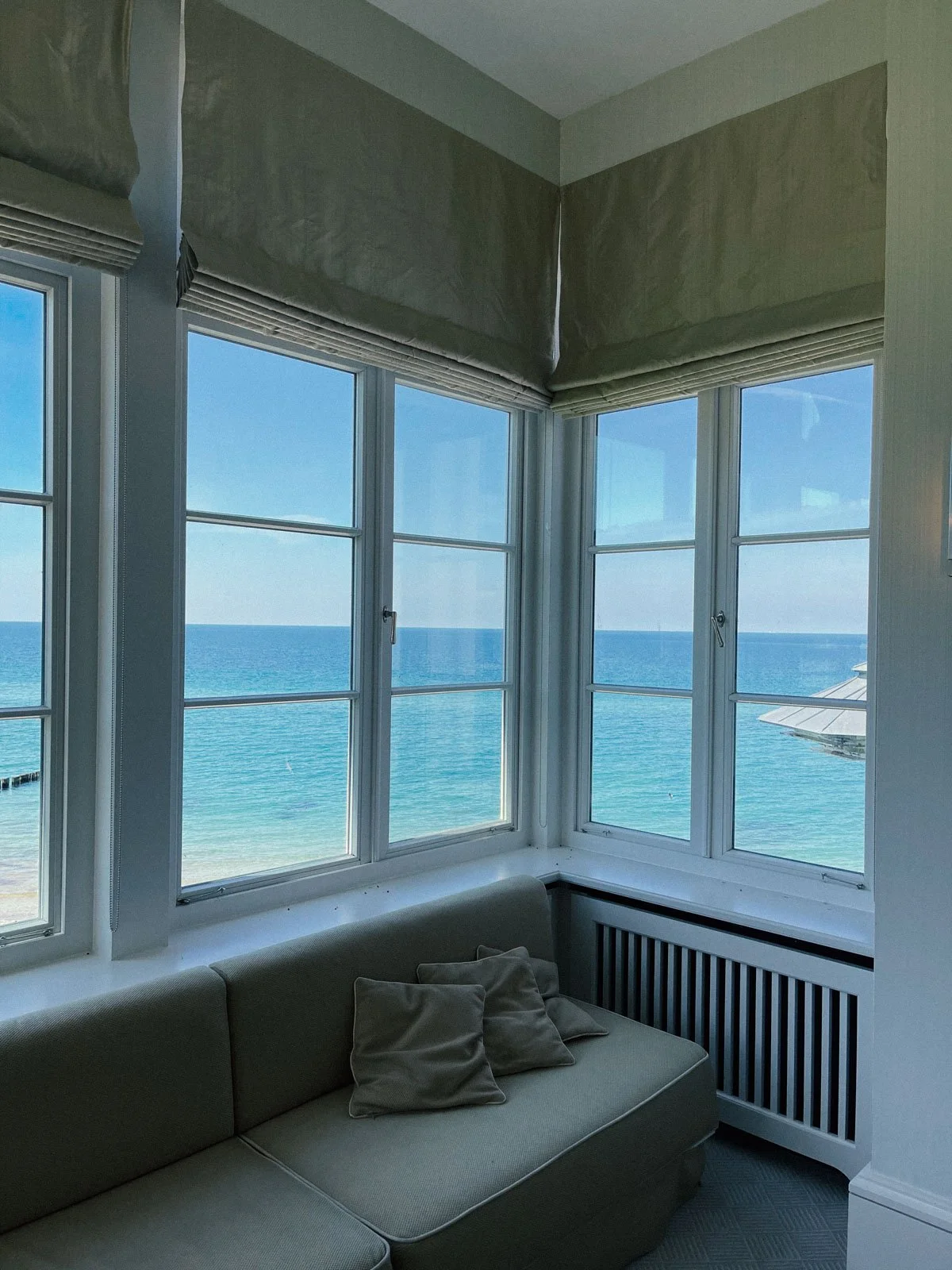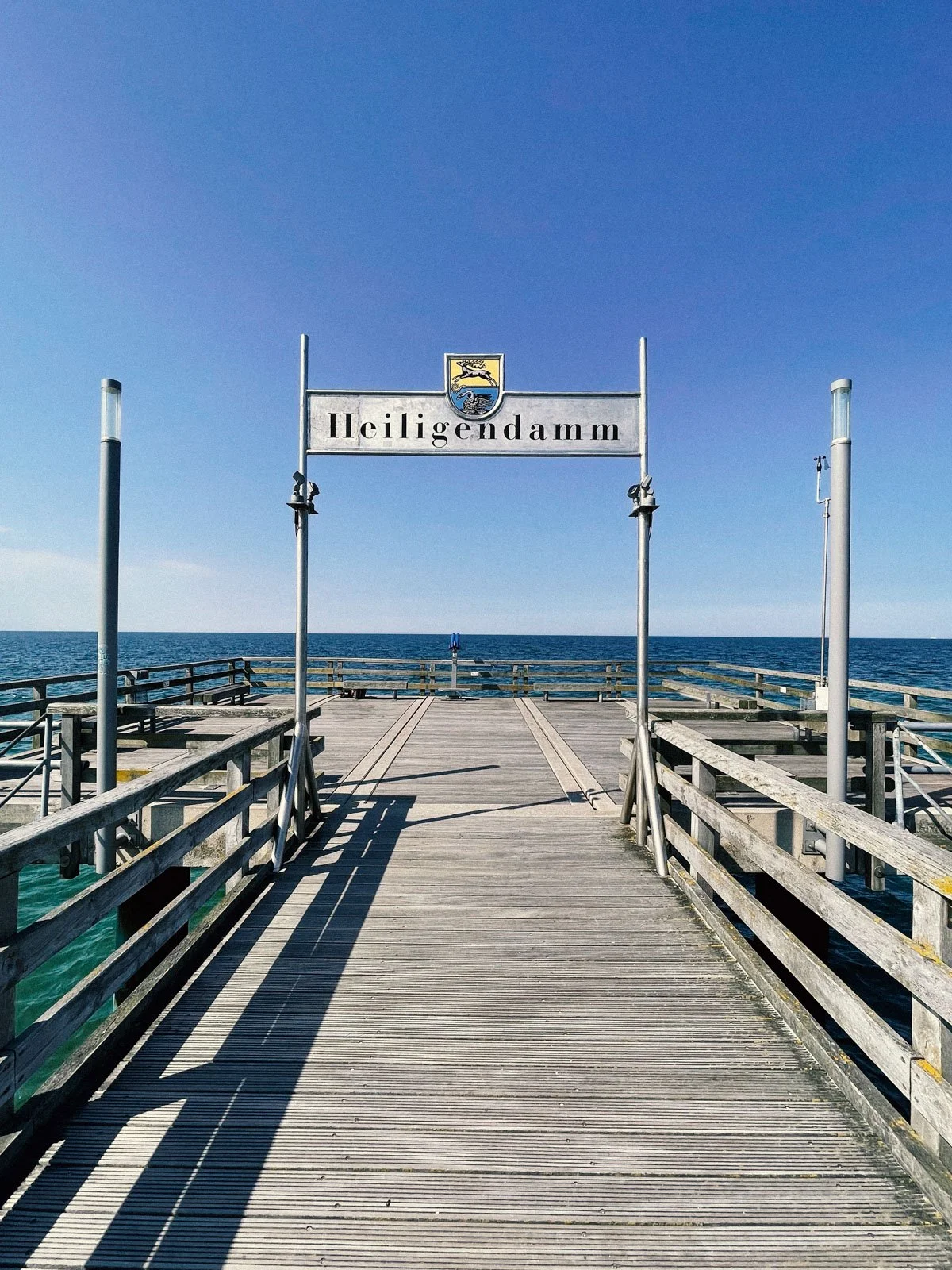Grand Hotel Heiligendamm – Ionic colonnades, Baltic lullabies, and history in white linen
The Why – Because White Paint Can Hold 200 Years of Salt Stories
Grand Hotel Heiligendamm is proof that heritage needn’t fossilise. It breathes – through spa steam, through pages of guestbooks thick with royal ink, through every wave that erases footprints only to invite more. Come for the Michelin star, stay for the lullaby of breakers against marble balustrades. And leave knowing that quiet is not absence of sound but presence of meaning.
The Baltic doesn’t do bravado. It does understatement: chalk cliffs painted in fog and a hush that carries farther than seagull cry. Right on the shoreline, Grand Hotel Heiligendamm has been practising the art since 1793, when Duke Friedrich Franz I prescribed sea-bathing to the court and accidentally invented Europe’s first seaside resort. Today six snow-white mansions curve along the promenade like a run of piano keys, each note tuned to a different mood – from Michelin-star hush to sand-between-the-toes informality.
They call it the White Town by the Sea. Spend a weekend and you’ll hear the shoreline play Chopin. Spend a week and you’ll sleep through the encore.
Arrival – The Birch-lined Prelude
High orderless beaches stream past the train window; suddenly beech forest parts like theatre curtain to reveal six white façades resting their elbows on the sand. Carriage doors wheeze, the scent swaps diesel for brine, and a bellhop in dove-grey livery appears with umbrellas whether it rains or not. Check-in happens under a chandelier trimmed with Meissen porcelain gulls; a silver toddy glass of warm Sanddorn elixir corrects Baltic chills faster than a thermostat.
There’s no reception desk in the stern sense – paperwork glides across a library table, leaving hands free to stroke the embossed room key.
Altitude & Access
Private transfer – Rostock-Laage to portico in 35 minutes. Rail romantics – the narrow-gauge Molli puffs from Bad Doberan, hooting like a Victorian children’s book. Final metres? By foot along a colonnade where Ionic capitals frame the sea exactly as architect Severin intended back in 1816.
Setting – Baltic Blue on All Sides, Beech Green Behind
The resort stretches like a crescent of bone china between forest and foam. To the east: a pier that once hosted emperors; to the west: wild dunes patrolled by Arctic terns. Morning light makes the façades almost intangible, so white they blur into sky; dusk turns windows into lanterns, guiding latecomers home across silver water.
On still days you can hear the rippling echo inside the 19th-century seawater pump house; on blustery ones the surf thunders against breakwaters, shaking chandeliers in the Kurhaus drawing room. Either way, the horizon performs on cue: inky navy, pewter, then sugar-paper blue.
Hospitality – Aristocratic Politesse, North German Warmth
Service glides on polished parquet – visible just long enough to reassure, gone before you can rehearse Danke. Need a Baltic moss pillow for your spa session? It materialises with a whisper. A forgotten tuxedo stud? The concierge loans his own. And should you wander barefoot into Nelson Bar’s leather club chairs, nobody bats an eyelid; a bartender merely swaps crystal for tumbler and sets a basket of smoked-salt almonds within reach.
The hotel runs a children’s etiquette workshop at weekends, but adults learn just as much by osmosis: speak softly, iron linen, linger between courses.
Interiors – Neoclassical Shell, 21st-Century Heartbeat
Ceilings leap to five metres; candelabra drip Murano; yet thermostats hide behind dado rails and 500-thread sheets tuck into Hästens mattresses. In Severin Palais, corridors arc around an oval atrium whose skylight funnels Baltic moonspots onto the marble floor.
Rooms wear a quiet palette – eggshell, pearl, driftwood – punctuated by Prussian-blue velvet. Bathrooms play old-new duet: claw-foot tub opposite rain shower, heated floor beneath black-and-white checkerboard. Suites in Haus Mecklenburg flaunt Juliet balconies that nudge open to bleached-wood boardwalks; meanwhile Burg Hohenzollern hosts lofty duplexes with spiral staircases and reading nooks perfect for Thomas Mann.
History Beneath – From Duke’s Cure to Global Summit
1793: Duke Friedrich Franz I prescribes seawater as panacea and commissions a loge royale for court physicians. What began as medical experiment turned into a magnet for Europe’s literati; Turgenev drafted letters here, Fontane honeymooned, and Elizabeth of Prussia staged moonlit quadrilles on the pier.
Fast-forward June 2007: the G8 motorcade sweeps through the same colonnades; helicopters churn air above lawns where Victorian bathers once picnicked. Bullet-proof glass has since gone, but photographs in the library show Merkel, Bush and Sarkozy squinting at identical seascapes.
When reunification threatened dereliction, philanthropist Paul Morian funded a decade-long restoration, salvaging cornices the width of wafers and importing Danish lime to keep façades bone-white. Eighty-five percent of original material survives, the rest sourced within 60 km to honour craft lineage.
Atmosphere – A Symphony in Sea-foam Major
Days unfurl like a slow movement: morning gulls, afternoon cello from a distant wedding quartet, dusk woodsmoke spiralling from beach bonfires. The spa’s glass wall allows pool water to mirror surf only twenty metres away – the phrase infinity edge finally justified.
After dinner, guests promenade the 200-metre boardwalk wrapped in hotel cashmere throws, exchanging nods so discreet they count as conversation. In Nelson Bar, the pianist refuses to play anything faster than adagio; even the ice cubes clink in ¾ time. The vibe: Downton-by-the-Sea, minus the drama.
Mornings – Briny Air, Brioches & Breakers
Sunrise burns sherbet-pink across the bay. In Kurhaus Restaurant, floor-to-ceiling sash windows gulp in light while tables parade smoked Baltic cod, rye sourdough still cracking from the oven, and thimble glasses of birch-sap juice. Servers practise unhurried choreography: French press plunges, butter curls, coffee spoons whisper.
Post-breakfast rituals diverge: cold-plunge in the outdoor pool (sea-water, 14 °C), yoga on the jetty, or horse-drawn carriage into Bad Doberan’s cloister gardens. Children vanish to Heiligendamm for Kids, returning mid-morning smelling of seaweed paint and salt-grass. Adults sneak a second espresso in the library where a grandfather clock ticks slower than real time.
Booking – How to make Grand Hotel Heiligendamm yours, for a while
Grand Hotel Heiligendamm flings open its Baltic-white colonnades the old-fashioned way: direct conversation first, algorithms second. Reserve your seaside interlude via:
Location: Prof. Dr. Vogel-Str. 6, 18209 Bad Doberan-Heiligendamm, Mecklenburg-Vorpommern, Germany.

